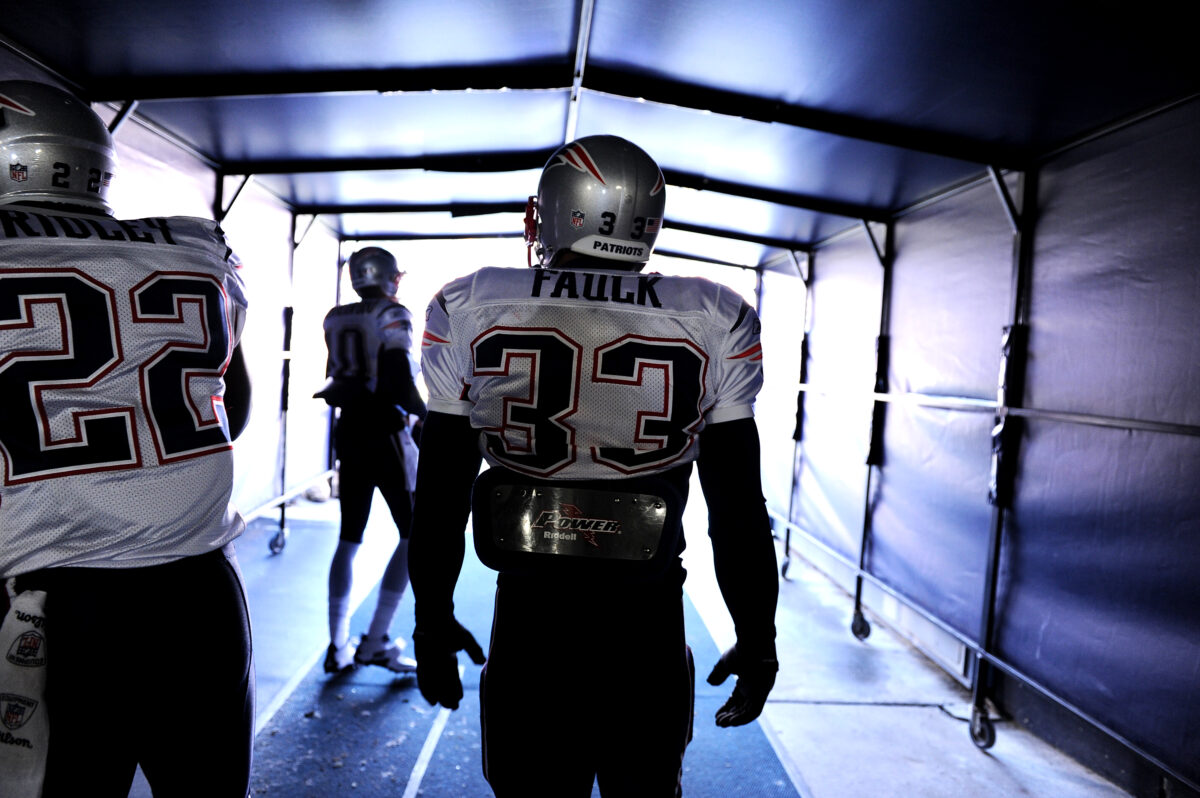New York Giants QB Phil Simms set some still-standing franchise records against the Cincinnati Bengals in 1985, but lost the game.
[jwplayer cylqU7r0-ThvAeFxT]
In 1985, the New York Giants were one of the NFL’s best teams, amending from the doldrums of nearly two decades of losing seasons. Under the stewardship of general manager George Young and head coach Bill Parcells, the Giants were coming off a playoff appearance the year before that saw them lose to the eventual Super Bowl champion San Francisco 49ers in the NFC Divisional Playoffs.
The Giants got off to a 3-2 start in ’85 and headed to Cincinnati to play the 1-4 Bengals at Riverfront Stadium. The Bengals were in their second season under head coach Sam Wyche and featured Boomer Esiason at quarterback, who took the reins that season from aging legend One Anderson.
The Giants, two-point favorites in the game, got behind, 21-0, in the first half but rallied back late in the third quarter to narrow the game to 21-20 only to see the Bengals pull away again. The Giants’ fourth quarter rally fell short and they lost, 35-30.
“It was a hot, steamy day in Cincy, I remember that,” Simms told Giants.com. “My uniform was a different color when the game was over because the heat, the turf, whatever. We threw it because we got behind. I threw two picks, if I remember. But physically, it was probably one of my top two or three games ever throwing the ball. We just made so many good throws and catches in the game, it was ridiculous. But we never could get into the end zone.”
The Giants actually dominated the game. They outgained Cincinnati by a mile (470 yards to 199) and finished with more than twice as many first downs (34-16) while outscoring them in the second half by 13 points.
Simms was as hot as he’d ever been in his 15-year career with the Giants, completing 40 of 62 passes for 513 yards, which to this day remains the franchise’s single-game record. But it wasn’t a very clean game by the Giants. Simms was sacked seven times for 70 yards and lost a fumble. Rookie running back George Adams also lost a fumble.
“I don’t remember the sacks being a big part of why we couldn’t get it done,” Simms said. “It was just one of those days where the turnovers, I don’t know what else, maybe the sacks, but we moved the ball, of course, with 500 yards, we moved it well. That’s what I remember.”
By comparison, Esiason was just 15 of 24 passing for 193 yards but threw three touchdowns.
The game was memorable for other reasons. We often see Boomer and Simms together on television either discussing football in the studio or paring up for an advertisement, but this was the first of two meetings between the blonde signal callers — both classic games.
The second game came in 1991 (also at Riverfront) when the 7-5 Giants faced off against the 1-11 Bengals. Simms had another fine outing (26 for 44, 293 yards, three touchdown) but lost, 27-24, after leading 17-7 in the third quarter. Esiason wasn’t a world beater in this game, either, completing 17 of 30 passes for 204 yards and a touchdown.
[lawrence-related id=660172,660090,660025]


